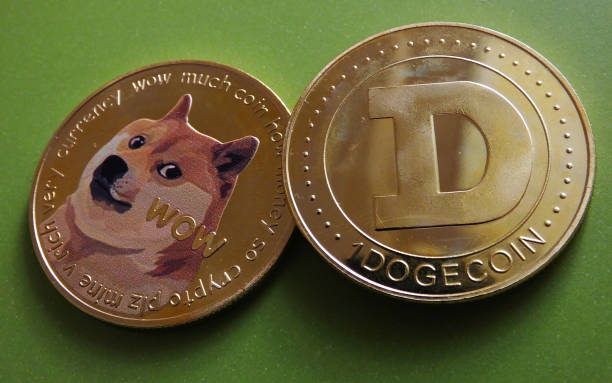YouTube viewers are upset that their computers are being used for cryptocurrency mining due to YouTube ads being hijacked with Coinhive.
While the value of cryptocurrencies continues to fluctuate, the desire for people to mine them hasn’t abated at all. In fact, many individuals look for additional ways to enhance their cryptocurrency mining. One option that many have turned to is the notorious Coinhive code that is often embedded in websites. Now it’s shown up in YouTube ads as users of the video streaming platform are complaining of having their computers used to mine crypto for some third party.

Malicious Ads Take More Than Your Time
Everyone who uses YouTube knows of their irritating ads. Most of them play before a video can be watched, but some will pop up in the middle of a streaming video. They’re an annoyance, but at least they only steal a few seconds of your time. That changed for a short time when a number of YouTube ads were hijacked with the Coinhive code.
The affected ads were from Google’s DoubleClick platform. Basically, the ads contained JavaScript that enabled cryptocurrency mining through Coinhive. YouTube users found their computer resources being consumed at a high rate (80%!) to mine Monero.
An independent security researcher, Troy Mursch, told Ars Technica:
YouTube was likely targeted because users are typically on the site for an extended period of time. This is a prime target for cryptojacking malware, because the longer the users are mining for cryptocurrency the more money is made.

Google Responds
Once reports of the YouTube ads being used to mine Monero came out, Google (parent company of YouTube) said that the issue had been dealt with within two hours. However, data from social media and Trend Micro, a cybersecurity company, showed that the infected ads ran for up to a week.
Google did release an official statement that reads:
Mining cryptocurrency through ads is a relatively new form of abuse that violates our policies and one that we’ve been monitoring actively. We enforce our policies through a multi-layered detection system across our platforms which we update as new threats emerge. In this case, the ads were blocked in less than two hours and the malicious actors were quickly removed from our platforms.
The never-ending arms race between protection and hackers continues. The reality is that attempts by some people to get others to mine crypto for them, without their knowledge, is going to continue and probably expand. As long as cryptocurrencies gain in value, and the likelihood of being caught and punished is essentially nil, there’s an incredible incentive for hackers and their ilk to step up their efforts.
Have you been affected by the YouTube ads being hijacked for cryptocurrency mining? Let us know in the comments below.
Images courtesy of Pixabay, Pexels, and Bitcoinist archives.











